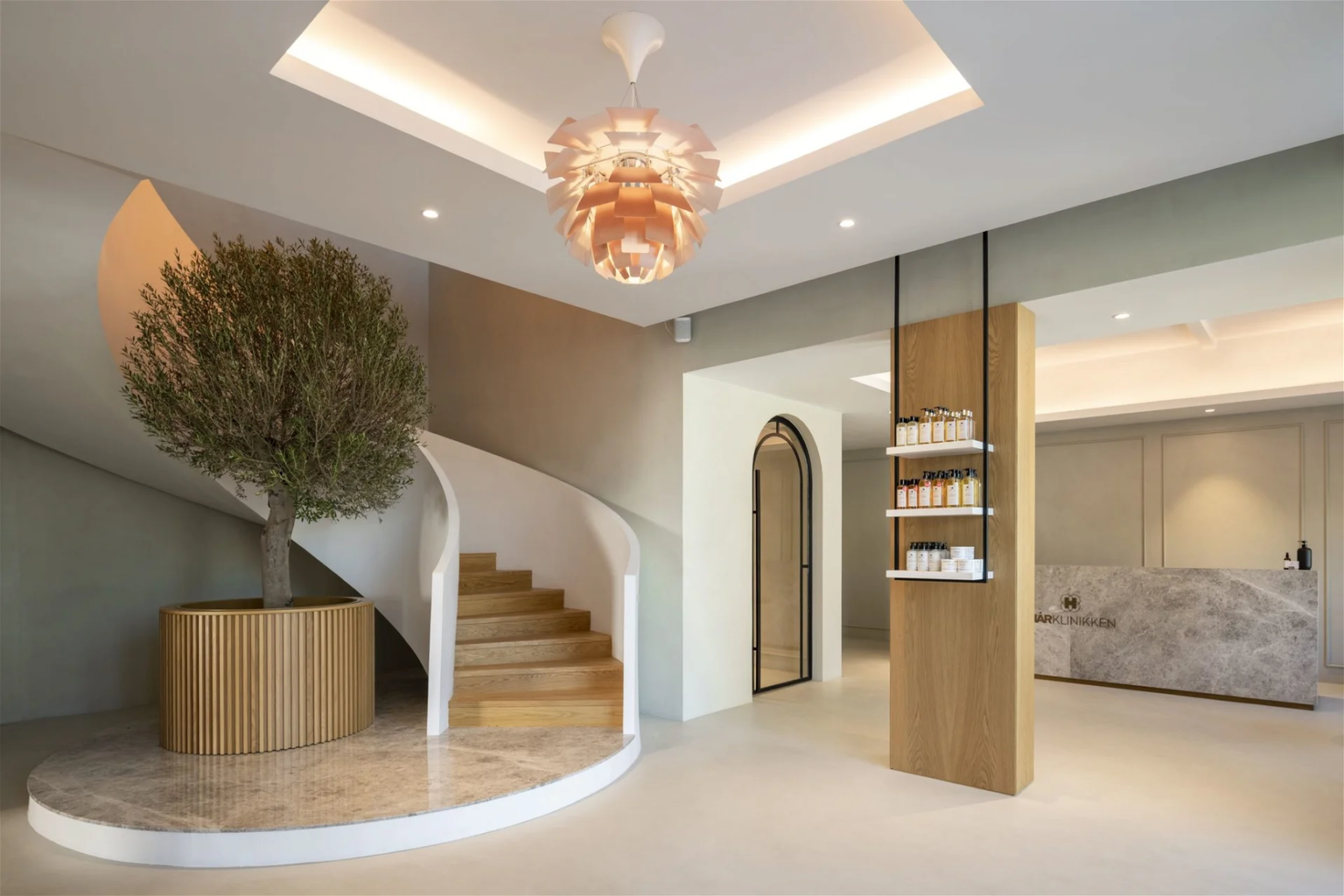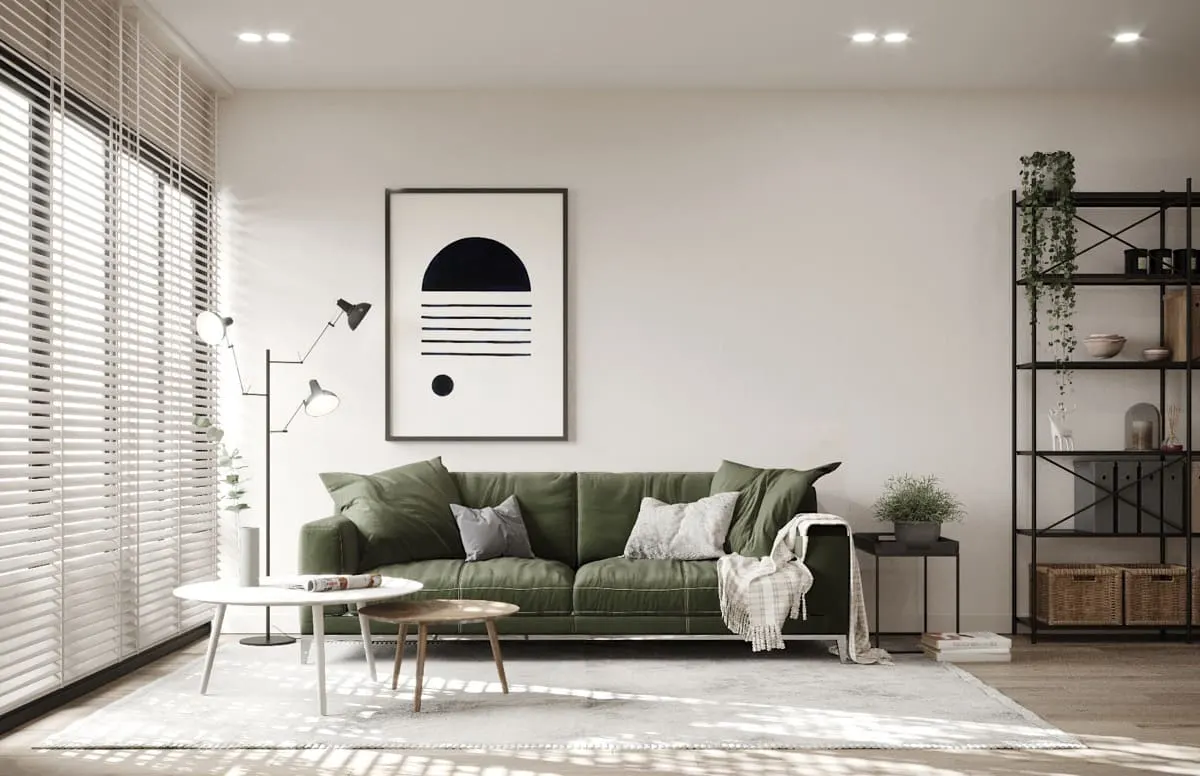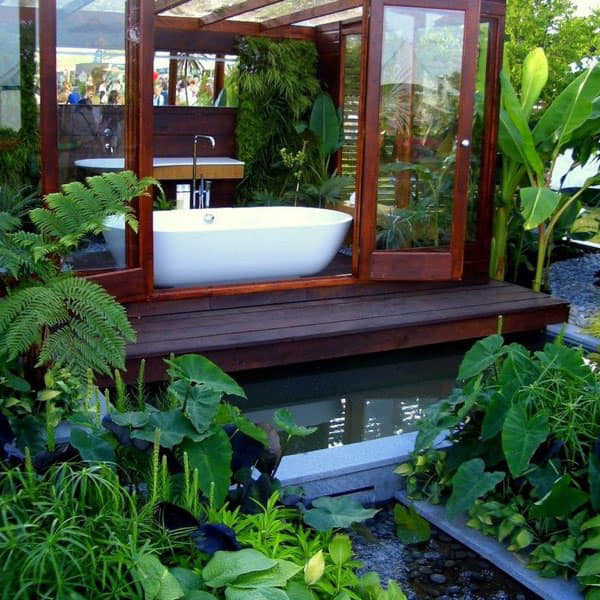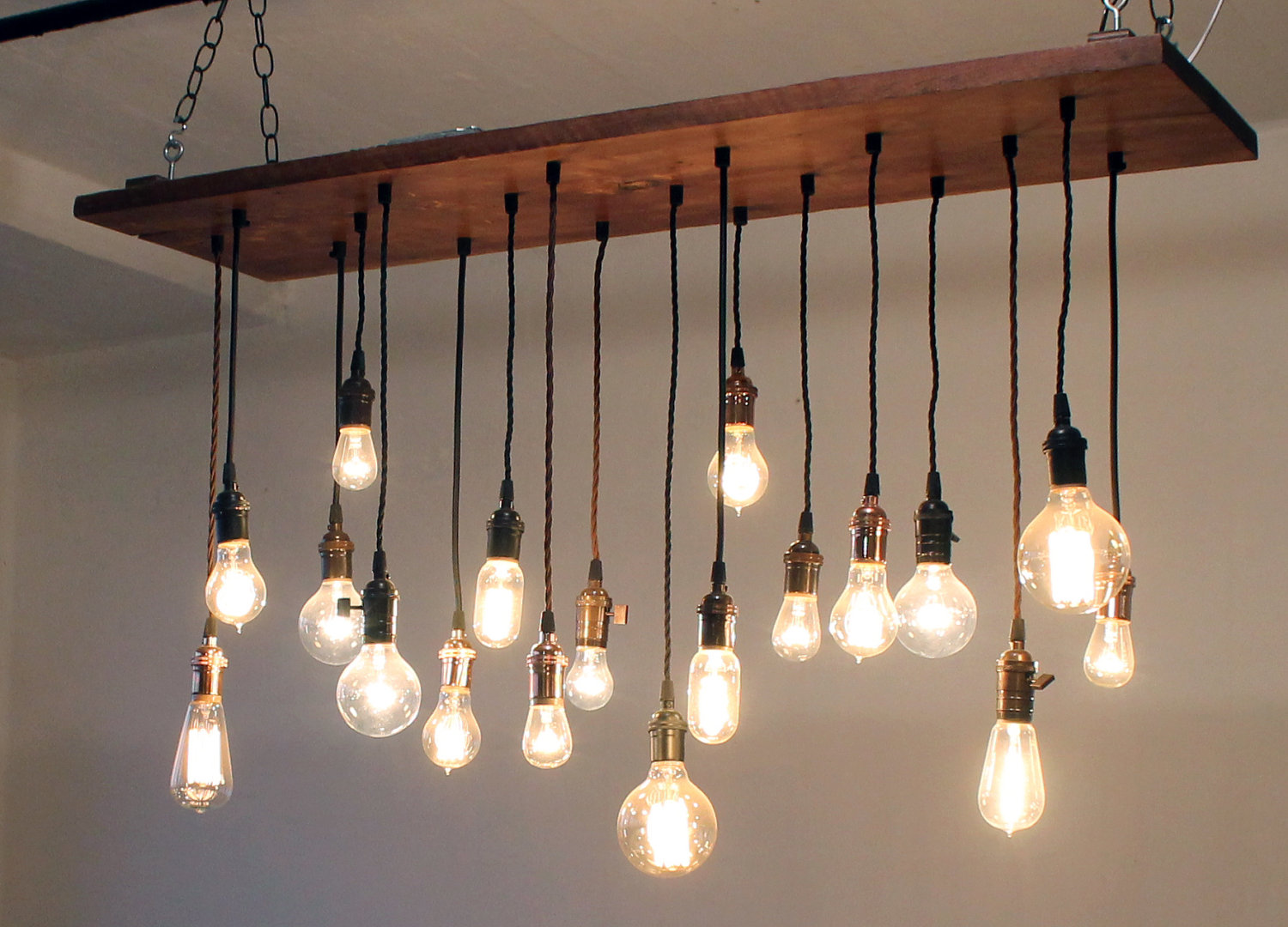In the realm of interior design, few styles are as revered and sought after as Scandinavian design. Renowned for its harmonious blend of simplicity, functionality, and warmth, Scandinavian interiors have captivated homeowners and designers alike for decades. At the heart of this design ethos lies a profound understanding of creating soft, minimalist spaces that exude tranquility and comfort. Let's delve into 5 key lessons that can be gleaned from Scandinavian interior designers on achieving this coveted aesthetic.
Embrace the Essence of Nature
Scandinavian interior design is characterized by its simplicity, functionality, and minimalism, and at the heart of this design philosophy lies a profound appreciation for nature. The Scandinavian countries are known for their breathtaking landscapes, including lush forests, crystal-clear lakes, and majestic mountains. The essence of this natural beauty is embraced and translated into the interior spaces.
One of the key elements of Scandinavian design is the use of natural materials, particularly wood. Whether it's light-toned birch or rich, dark oak, wood is a dominant feature in Scandinavian interiors. It is used for furniture, flooring, and even wall paneling, creating a warm and organic atmosphere. Stones and natural fibers like jute and sisal are also incorporated, adding texture and grounding the space.

In Scandinavian design, the connection between indoors and outdoors is blurred. Large windows are a common feature, allowing ample natural light to enter the space and offering views of the surrounding nature. The light, airy ambiance created by natural light enhances the feeling of openness and tranquility.
The color palette in Scandinavian interiors is typically inspired by nature as well. Soft, earthy tones such as whites, grays, and muted pastels are commonly used, reflecting the colors of the Nordic landscapes. These neutral hues create a calm and soothing environment, allowing the focus to remain on the natural materials and textures.
Additionally, Scandinavian design often incorporates elements that bring the outdoors inside. Indoor plants are widely used to add a touch of greenery and freshness to the space. Natural motifs, such as botanical patterns or animal-inspired artwork, are also common, further emphasizing the connection to nature.
Less is Indeed More
Less is indeed more in Scandinavian interior design. This design philosophy is rooted in the idea of simplicity, where every element in the space is carefully curated and serves a purpose. Clutter is avoided, and the focus is on clean lines, uncluttered surfaces, and a sense of balance.
Scandinavian interiors are known for their minimalist approach to furniture. Each piece is chosen for its functionality and proportion, with a preference for sleek and streamlined designs. The furniture is often understated, with clean, straight lines and minimal ornamentation. This approach allows the furniture to blend seamlessly into the space, creating a sense of unity and spaciousness.

The color palette in Scandinavian design is typically muted and restrained. Whites, grays, and soft pastels dominate the space, creating a serene and soothing ambiance. This subdued color scheme helps to enhance the feeling of simplicity and allows the focus to be on the forms and textures of the furniture and materials.
Decorative elements are kept to a minimum in Scandinavian interiors. Instead of ornate patterns and elaborate decorations, the emphasis is on natural textures and materials. Wood, stone, and natural fibers are often featured, adding warmth and tactile interest to the space. The few decor pieces that are used are carefully selected and placed strategically to maintain the sense of simplicity and balance.
By embracing the principle of "less is more," Scandinavian interior design achieves a sense of calm sophistication and timeless elegance. The uncluttered spaces allow the eye to rest and the mind to relax, creating an environment that promotes a sense of well-being and tranquility.
Invest in Timeless Pieces
Rather than succumbing to short-lived trends, this design philosophy encourages the selection of furniture and decor items that have enduring style and quality craftsmanship. Scandinavian interiors often feature furniture pieces that are meticulously designed and built to last.
The emphasis is on functionality, durability, and classic aesthetics. Clean lines, simple forms, and high-quality materials are the hallmarks of these timeless pieces.
Whether it's a solid wood dining table, an iconic lounge chair, or a minimalist sofa, these items are chosen to withstand the test of time both in terms of durability and aesthetic appeal. By investing in timeless pieces, Scandinavian interiors exude an air of elegance and sophistication.

These well-crafted furnishings have a universal appeal that transcends passing trends, making them versatile and adaptable to different design styles and personal preferences. They serve as focal points in the space and can be complemented with more subtle and interchangeable elements.
Additionally, investing in timeless pieces is a sustainable approach to interior design. Choosing high-quality items that are built to last, reduces the need for frequent replacements, minimizing waste and contributing to a more environmentally conscious lifestyle.
Strive for Cohesion
Cohesion is a fundamental aspect of Scandinavian interior design. While allowing for individuality and personal expression, there is a conscious effort to maintain a sense of harmony and unity within the space. This is achieved through consistency in color schemes, materials, and textures.
In Scandinavian interiors, a carefully curated color palette is used to create a cohesive visual narrative. Soft, muted tones and natural hues are often favored, providing a tranquil and cohesive backdrop for the space. By using a limited color range throughout different rooms, there is a sense of continuity and connection between the various areas of the home.
:max_bytes(150000):strip_icc()/GettyImages-1227178152-1d344ab4902a4908b471fb6257b1d594.jpg)
Materials and textures also play a crucial role in achieving cohesion. Scandinavian design often features natural materials such as wood, stone, and leather. These materials are used consistently throughout the space, creating a sense of unity and visual coherence. Whether it's wooden flooring, exposed beams, or leather accents, the repetition of materials helps tie different elements together.
Furthermore, textures are carefully considered to maintain cohesion. Cozy textiles like wool, linen, and cotton are commonly used, adding depth and warmth to the space. By incorporating similar textures across various elements, such as upholstery, rugs, and curtains, a cohesive and inviting atmosphere is created.
The balance between unity and diversity is key in Scandinavian design. While striving for cohesion, there is still room for individuality and unique touches that reflect the homeowner's personality and style. This delicate balance ensures that the space feels harmonious and sophisticated without appearing sterile or generic.
By striking a balance between unity and diversity, Scandinavian design achieves a sense of effortless sophistication. The cohesion in color schemes, materials, and design elements creates a space that feels intentional and curated, while still allowing for individuality and personal style to shine through.
Related: Chic Revival: 11 Design Trends to Elevate Your Home in 2024
Embrace Layers and Textures
Layers and textures play a significant role in Scandinavian interior design, adding depth and visual appeal to the space. Even within a predominantly neutral color palette, the use of different textures creates a sense of warmth, comfort, and coziness.
Scandinavian interiors often feature a variety of textures, ranging from plush rugs and soft throws to natural materials like wood and woven accents. These textures provide tactile richness and visual interest, transforming a space from plain and sterile to inviting and cozy.
![]()
Textiles are particularly important in Scandinavian design. Soft materials such as wool, linen, and cotton are commonly used for upholstery, curtains, and bedding. They add a sense of softness and warmth to the space, creating a welcoming atmosphere. Layering textiles, such as placing a cozy throw over a sofa or adding cushions with different textures, adds depth and dimension to the interior.
In addition to textiles, the use of natural materials like wood and stone adds texture and visual contrast. Wooden surfaces, whether in flooring, furniture, or accents, bring warmth and a tactile quality to the space. Woven accents like baskets or rattan furniture also add textural interest and a touch of natural elegance.
By embracing layers and textures, Scandinavian interior design achieves a balance between visual appeal and comfort. The combination of different materials and textures creates a space that is both visually captivating and inviting, inviting inhabitants to relax and unwind in a luxurious yet approachable environment.
Conclusion
Scandinavian interior design offers a masterclass in the art of crafting soft, minimalist spaces that radiate warmth and tranquility. By embracing the essence of nature, prioritizing simplicity and timelessness, striving for cohesion, and embracing layers and textures, homeowners can create interiors that not only look beautiful but also feel deeply comforting and inviting. So, whether you're looking to revamp your living room or transform your entire home, consider these timeless lessons from Scandinavian design as your guiding light toward creating a sanctuary that you'll cherish for years to come.





:max_bytes(150000):strip_icc()/create-a-multi-purpose-room-den-guest-room-getty-0523-527cce4dd1744642a93f31ff5dd7738f.jpg)